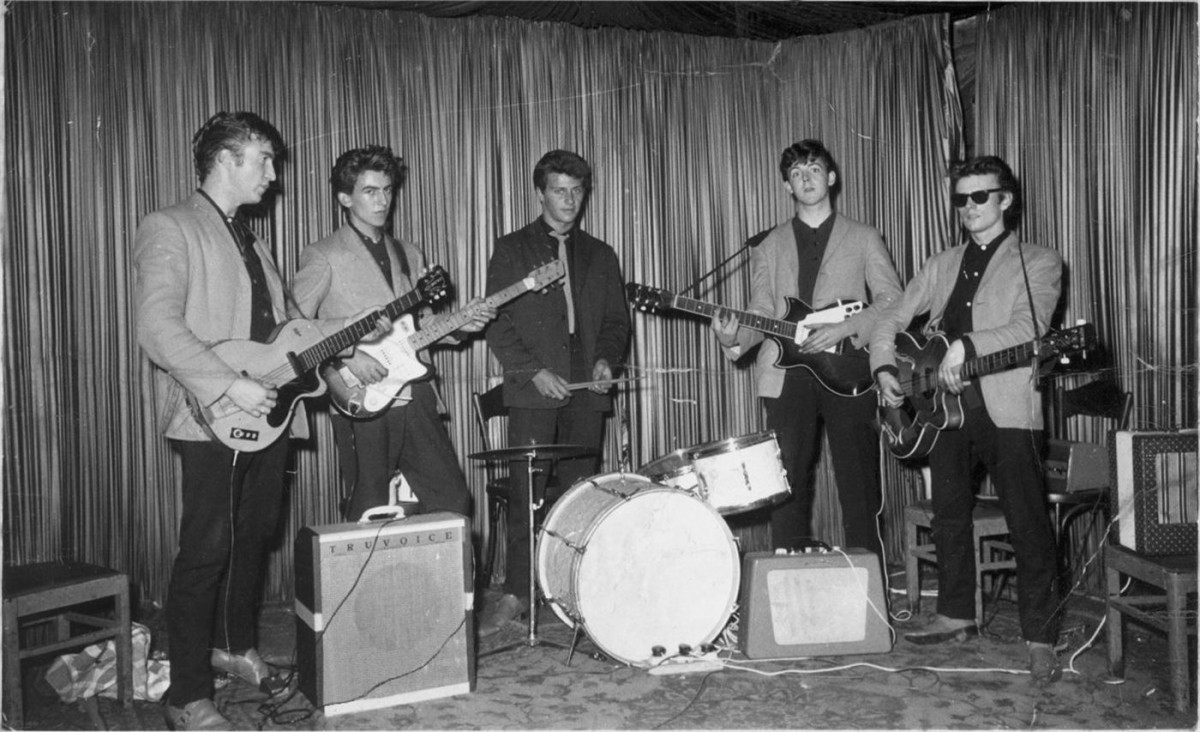Delhi’s Post-Diwali Air Quality Hits Second Cleanest Mark Since 2015
Delhi has achieved its second cleanest post-Diwali air quality since 2015, maintaining a “very poor” Air Quality Index (AQI) thanks to unexpected strong winds that provided crucial ventilation. This year, despite the usual pollution spikes typically seen after the festival, Delhi’s AQI avoided deteriorating into the “severe” category, a notable outcome given the circumstances surrounding the celebrations.
Strong Winds Bring Temporary Relief
In the days leading up to Diwali, a combination of fireworks, stubble burning, and various emissions contributed to a rising AQI. On Thursday evening, the AQI rose from 328 to a concerning 362 by morning on Friday. However, strong winds with speeds of up to 16 kilometers per hour swept through the capital, cutting through the haze of pollutants. By 4 PM, the AQI had decreased to 339 and further improved to 323 by 7 PM, showcasing the role of natural weather patterns in mitigating pollution levels.
“Higher temperatures keep mixing height high and allow pollutants to disperse freely,” explained Mahesh Palawat, vice president at Skymet meteorology. “On the contrary, lower temperatures can trap contaminants nearer to the ground.” He indicated that the atmospheric mixing height remained relatively high at around 2,100 meters during the post-Diwali period, beneficially allowing pollutants to disperse rather than settle.
Pollution Factors on Diwali Day
As pollution levels peaked following Diwali celebrations, local efforts to limit firecracker usage in parts of South Delhi were overshadowed by broader metropolitan celebrations that saw an uptick in activity. Stubble burning in the surrounding regions also significantly impacted PM2.5 levels in the air, contributing 27.61% to Delhi’s pollution on Diwali day—an increase from only 1.8% just two days prior.
The weather department recorded wind speeds reaching 12-16 km/h until midnight on Diwali, which fell off later but picked up again Friday morning, enabling the dispersal of dense smoke. “Even though air quality on Diwali was in the very poor category, it improved surprisingly quickly the next day, mainly due to some warmth, considerable wind speed, and natural ventilation,” added Anumita Roychowdhury, Executive Director of Research and Advocacy at the Centre for Science and Environment (CSE).
Concerns Amid Improvements
Despite these optimistic measures, October has recorded more poor and very poor air quality days than in previous years, even with stubble burning contributing only 1-3% to the pollution levels. This statistic underscores the significant impact of local and regional pollution sources, highlighting a complex air quality scenario in the national capital.
While the post-Diwali AQI for 2024 remains the second cleanest since 2015, there is rising concern over hourly spikes in PM2.5 levels in various areas, reportedly exceeding permissible national limits by over 30 times. Policymakers and environmental advocates reflect on the ongoing challenges posed by seasonal celebrations, emphasizing the need for holistic air quality management strategies.
The Road Ahead: Engaging with Solutions
As the winter months set in and temperatures typically drop, it is crucial for stakeholders—government bodies, NGOs, and the public—to engage in dialogue about sustainable practices that can mitigate air pollution beyond festive periods. The combination of natural ventilation and prudent urban planning might provide a pathway to maintaining improved air quality levels throughout the year.
In a city defined by its rich history and vibrant celebrations, the balance of culture and health remains paramount. How can individuals contribute to cleaner air in their communities? What collaborative actions can be undertaken to address the persistent pollution problem in Delhi? Share your thoughts in the comments below, and let’s work together toward a healthier future.
For more insights on environmental issues, visit our related articles on Shorty-News. Stay informed and engaged with reliable sources like TechCrunch, The Verge, or Wired for updates on technology’s role in sustainability initiatives.

